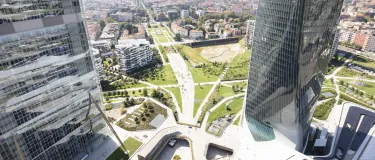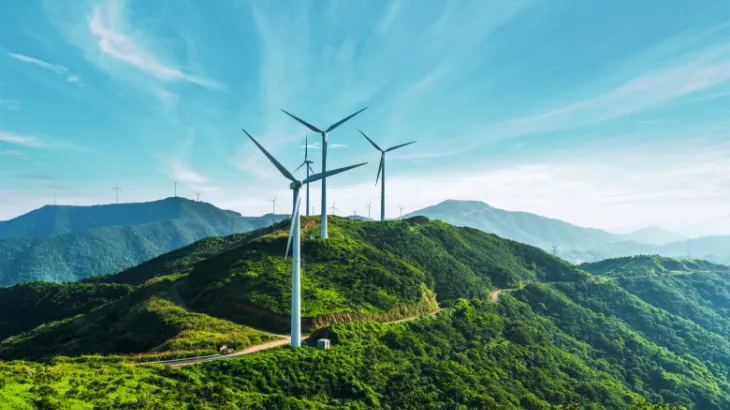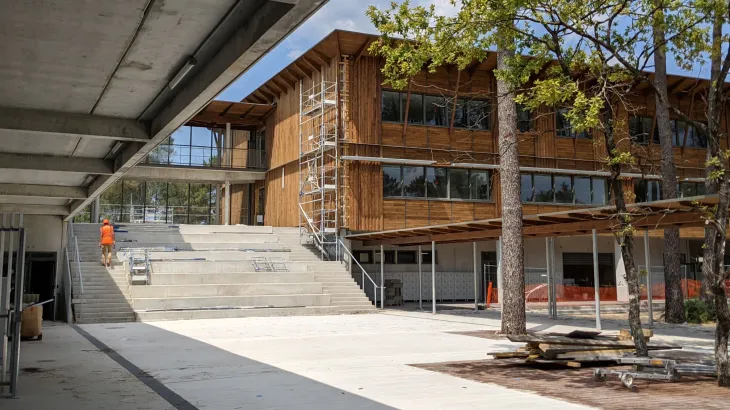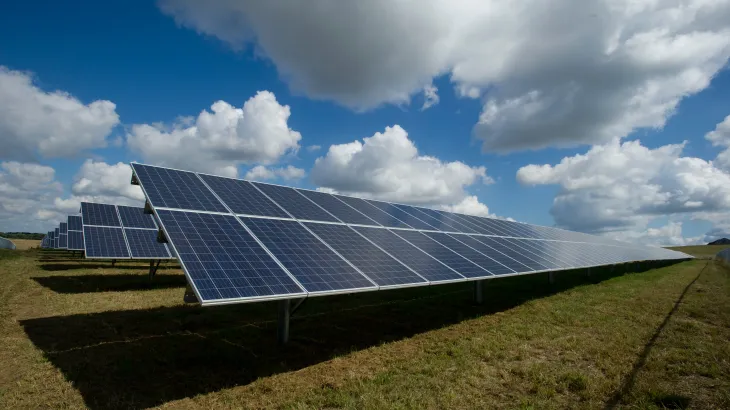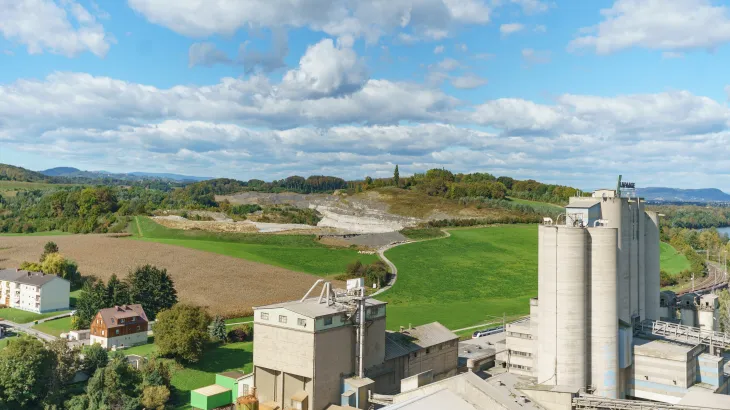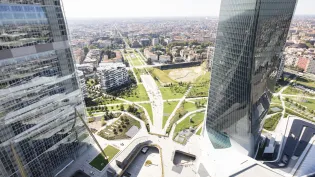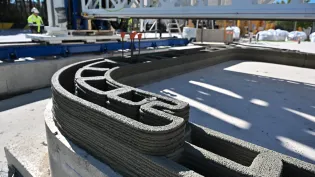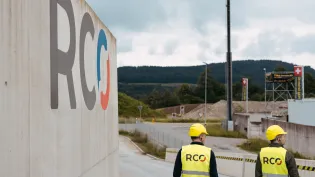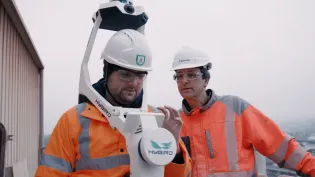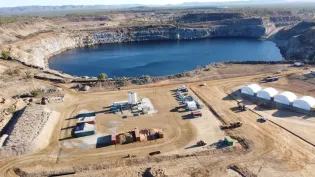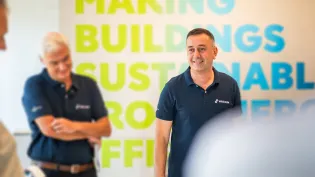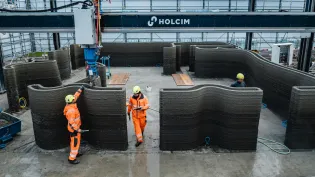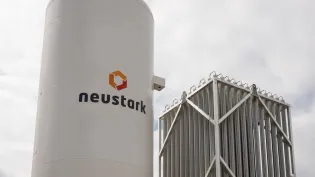climate action
At Holcim, we are taking a science-driven approach to becoming a net-zero company. We continue to lead our industry with science-based targets and a clearly defined net-zero roadmap.
Our climate targets
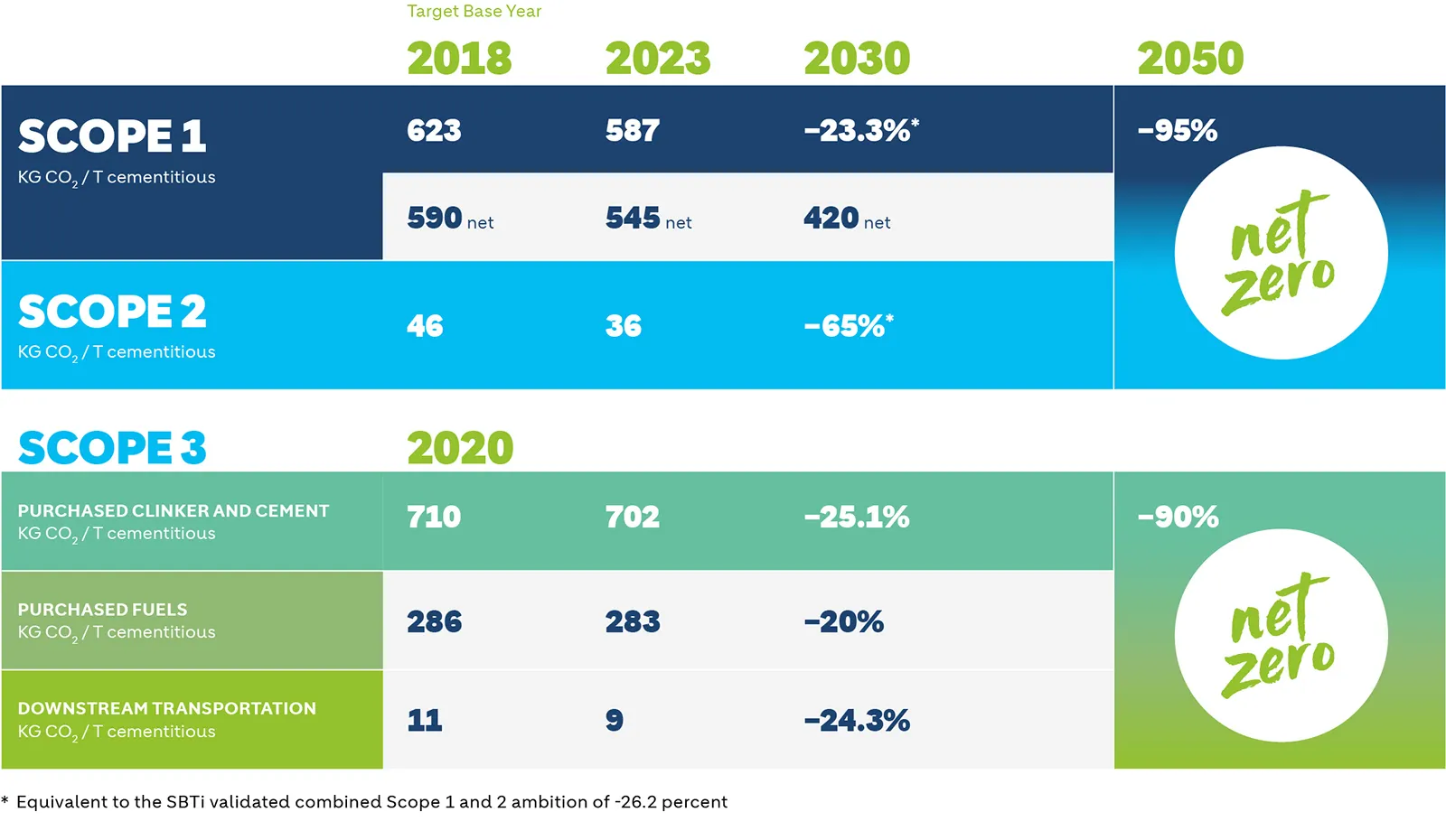
Our SBTi targets aligned with 1.5°C

In 2023, we updated our 2030 climate targets to meet the latest SBTi 1.5°C validation criteria. We also extended our 2050 target coverage to include all 15 categories of Scope 3 emissions.
Overall Net-Zero Target: Holcim commits to reach net-zero greenhouse gas emissions across the value chain by 2050.
Near-Term Targets: Holcim commits to reduce gross scope 1 and 2 GHG emissions 26.2% per ton of cementitious materials by 2030 from a 2018 base year1. Holcim also commits to reduce gross scope 3 GHG emissions from purchased goods and services 25.1% per ton of purchased clinker and cement by 2030 from a 2020 base year.
Long-Term Targets: Holcim commits to reduce scope 1 and scope 2 GHG emissions 95.1% per ton of cementitious materials by 2050 from a 2018 base year1.
Holcim also commits to reduce absolute scope 3 GHG emissions 90% by 2050 from a 2020 base year.
1The target boundary includes land related emissions and removals from bioenergy feedstocks.

“At Holcim, we are committed to decarbonizing building for a net-zero future. When I see the thorough decarbonization plans we are deploying across our business, I am confident that we will decarbonize building at scale.”
Memberships and recognitions
Our memberships and recognitions underscore our commitment to becoming a net-zero company.
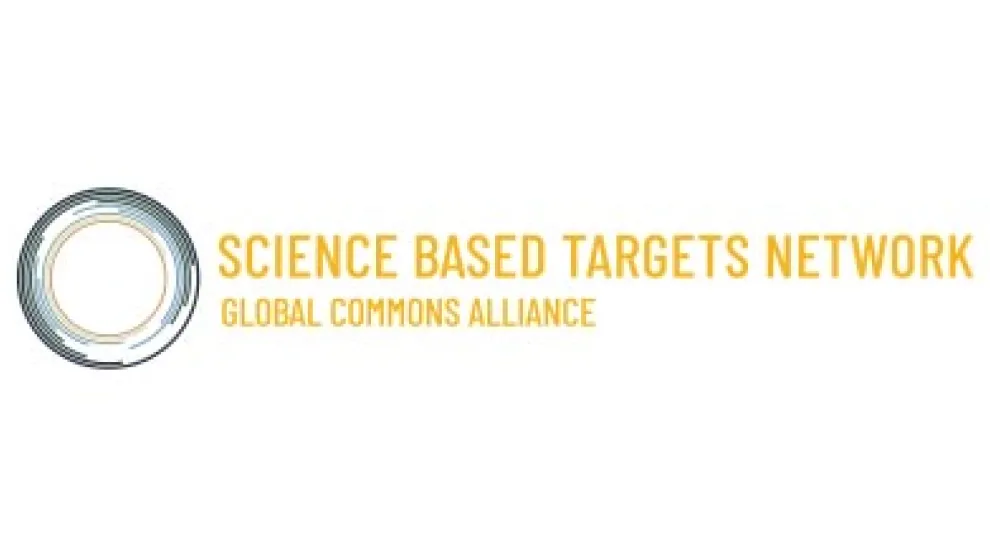


CONTRIBUTING TO UN SUSTAINABLE DEVELOPMENT GOALS
We work to have a positive impact on all 17 UN SDGs. Under our climate action pillar we have identified four goals where we can make a significant difference:






